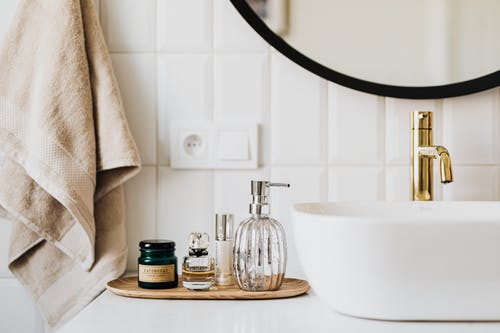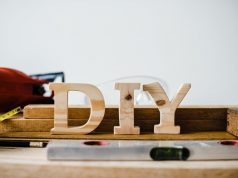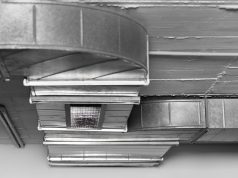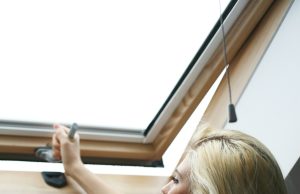
We demand so much from our bathroom spaces; therefore, it is no surprise that prolonged heavy use makes bathroom tiles look grubby and tired. It is usually a challenge to maintain the fresh look on tiles unless your cleaning regime is top-notch. This is not a result of the tiles being substandard; it is caused by the tiles’ grout lines, prone to cracking and discolouration over time. Grout is also a good breeding space for mould.
When your bathroom tiles become mouldy and discoloured, you do not have to remove them to upgrade the bathroom. There is no need to chip and hack away; instead, you can choose to fit shower wall panels right on top of the existing bathroom tiles. You can install wall panels onto any surface, such as concrete, wood, and old tiles. Wall panels invigorate and refresh your bathroom, and they have several benefits over wall tiles.
How to Install Shower Wall Panels
You will require the following items:
• A drill
• A level
• A sponge
• A stud finder
• A trowel
• Adhesive
• All-purpose cleaner
• Cleaning cloths
• Dry erase marker
• Mounting hardware
• Wall panelling
Procedure
1. Clean the existing tile surface
Use a sponge or a microfiber cloth and an all-purpose cleaner to clean the tile wall. It is essential to rid the tile wall of all debris and dirt to ensure proper bonding of the wall panel’s adhesive to the tiles.
2. Establish where to place the panels
Take the level and establish where to place the top edge of the panel over the tiles. Before this, you need to measure the wall’s entire length to ensure that the wall panel will fit properly.
3. Mark the placement of the wall panels on the existing tiles
Take the dry erase marker and hold the wall panel against the wall, and mark where the panel’s top edge will go on the tile. Get someone else to help you hold the board to make it easier to place your markings.
4. Apply the Adhesive on the Wall Tiles
After establishing where you will place your wall panel, apply adhesive on the wall tile up to your marked point. Apply adhesive to the entire area to be covered by the wall panel. You can use a caulking gun or a trowel to apply the glue. To ensure a secure bond, apply the adhesive in a zigzag pattern on the wall tile. Also, ensure that the sealant covers the perimeter of the tile area’s edges. This will ensure that there are no openings, which can allow water to get behind the panel.
5. Place the wall panels over the tiles
After applying the adhesive:
1. Place the board over the tile
2. Apply firm pressure on the panel’s surface, starting from the top and sliding down its length to establish a solid bond
3. If you are mounting the wall panels using hardware instead of adhesive, ensure you locate the studs before installing the wall panel.
Types of Wall Panels
Shower panels come in a variety of materials. The following are some of the options you can consider.
PVC Panels
PVC shower boards are made out of extruded plastic with a hollow centre. The panel’s surface is printed with stone, wood-grain, marble or tile effect and then polished to a glossy finish. PVC wall panels are tongue and grooved on the sides to allow them to be joined for extensive coverage. PVC shower boards are the easiest to cut and install among all types of wall panels.
Plastic Shower Panels
Plastic is a popular and affordable choice for wall panels. Plastic shower panels are lightweight, low maintenance, and resistant to chipping and cracking, making them popular among homeowners. These panels have a seamless nature, making it difficult for leakage and water damage along seam lines and bathroom foundations. Plastic is non-porous, making it stain and water-resistant to ensure that your shower remains trendy and clean for a long time. Plastic panels are also available in a variety of colours, patterns, and styles.
Glass Wall Panels
Glass panels are another excellent choice for those who don’t mind the maintenance. They are available in a range of colours and designs and have an amazingly stylish look. Since glass is a delicate material, it would be better to have a professional install them to avoid damages and injuries.
Fibreglass
Fibreglass is the most expensive wall panel option available. It, however, has one distinct disadvantage in that it succumbs to wear and time after prolonged use. Fibreglass develops scuff marks and scratches more quickly than other types of wall panels.
Advantages of Wall Panels
Easy-to-Install
It is quicker and easier to install shower panels than tiles. You can install panels within hours as opposed to tiles, which can take you one to three days.
Grout-free
One of the main benefits of wall panels is that grout does not crack or wear out. Hence, there is no need for regular replacements. Wall panels are perfectly cut to fit the intended area, and with proper sealing, they can be 100 percent waterproof. Cracked and worn-out grout causes water leaks; you don’t have to worry about this issue with wall panels.
Low Maintenance
Wall panels are easy to maintain due to their flat surface. All you need to do is spray the board with a cleaner and wipe with a sponge.













